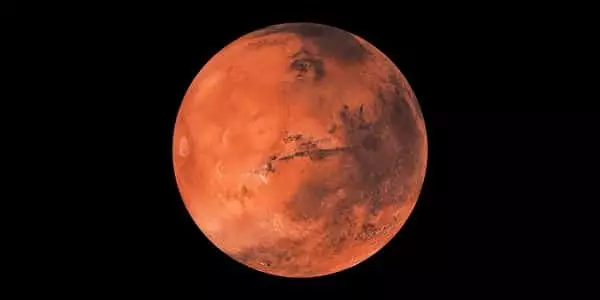By Ashley Strickland of CNN
In February, three spacecraft arrived at Mars after departing from different launch points on Earth in July. These myriad missions seek to understand our planetary neighbor and unlock the secrets of its past to prepare for future exploration.
The three missions — China’s Tianwen-1, the United Arab Emirates’ Hope Probe and NASA’s Perseverance rover — took advantage of an alignment between Mars and Earth that occurs every 26 months, allowing for quicker and more efficient trips when the two planets are on the same side of the sun.
The Hope Probe will stay in orbit for a Martian year — equivalent to 687 days on Earth — to gather data about Mars’ atmosphere.
Tianwen-1, whose name means “Quest for Heavenly Truth,” is orbiting the planet before landing a rover on the surface, with the hope that it can gather important information about the Martian soil, geological structure, environment, atmosphere and signs of water.
The Perseverance rover is searching for signs of ancient life on Mars and will collect samples to be returned to Earth by future missions.
Perseverance also carries the names of nearly 11 million people etched on three silicon chips. She is a robotic scientist exploring Mars on behalf of humanity and is able to share what she sees and hears through 23 cameras, including video, and two microphones.
If three missions arriving at Mars within days of each other seems excessive, imagine explorers seeing Earth for the first time and wanting to understand all aspects of its past, climate, water, geology and life systems. It takes time and different capabilities to explore aspects of an entire planet to know the real story.
Photo Credit: Adobe Stock



